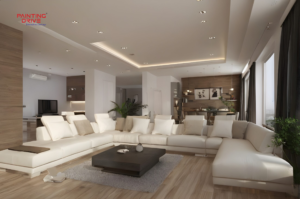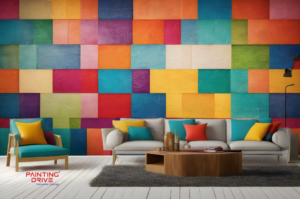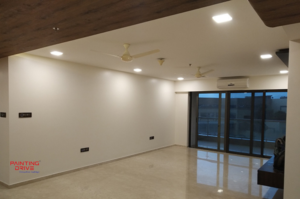An Ombre wall painting is a Modern Indian Painting colour effect in which a single paint colour gradually blends into another, resulting in a dreamy, water-coloured effect that spans the colour spectrum between two colours, many people have been astonished by the astounding results of Modern Indian Painting.
Does it seem complicated? It’s not as complicated as it seems. The key is to prepare the wall and paint first before beginning the Ombre effect. Before the paints dry, easily mix the colours on the wall with a dry brush.
Choose two colours that go well together.
It can be difficult to choose shades that blend well, particularly if you want to fade from one colour to another. For a subtle effect, choose two opposite colours on the colour wheel. If you want a more dramatic effect, leave out one hue and go with the colours on either side.
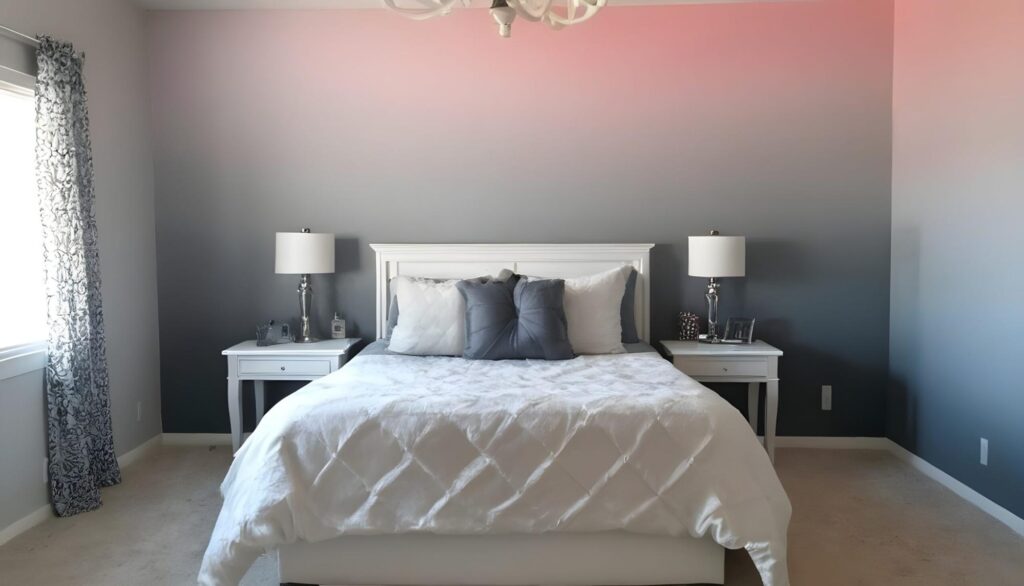 Ombre Effect Wall Paint
Ombre Effect Wall Paint
If you want to stick to variants of a single hue, you’ll need to choose a light and a dark shade of that colour. Remember that the greater the colour contrast, the more dramatic the effect.
Mix a pale pastel with a medium hue of another colour for a soft, soothing effect, or pick a single shade of paint to blend with white for a soft, soothing effect if you want a more dramatic look, start with a light-to-medium shade and work your way up the continuum, beginning with a lighter shade and ending with a darker one.
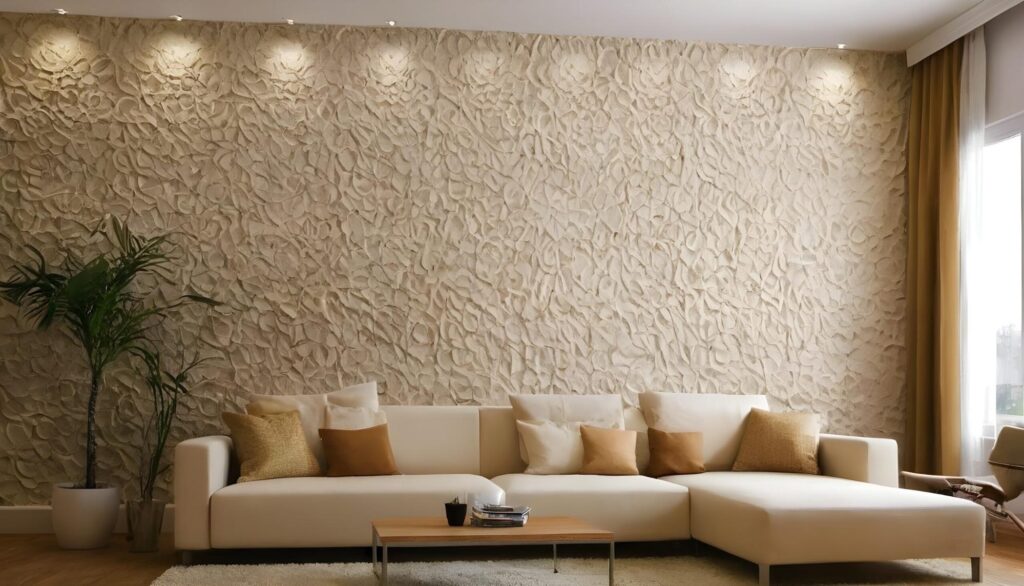 Wall Texture Paint
Wall Texture Paint
What You’ll Need For Modern Indian Painting
- Tape measure (equipment/tools)
- A pencil
- A yardstick
- Phase stool or stepladder
- Bucket or a bin made of recycled plastic
- Cup for measuring
- 3 trays for painting
- 3 paint rollers, medium size
- Paintbrush, small (for cutting in)
- A pair of big paintbrushes
Components
- Masking tape
- Primer
- Paint in two different colours
- Stick for stirring paint
Learn more: Wall Stencil Designs Ideas for Home Decor
Important Measure in Modern Indian Painting
You’ll need more than three colour parts if you’re mixing a single colour with white or two entirely different colours (for example, blue and green). Choose an odd number, such as 5, 7, or 9. The colour change will be more gradual the more parts you make.
To make a custom half-and-half blend, start by mixing equal parts of your two original paint colors, then, mix six cups of light paint with six cups of dark paint if you have seven sections.
Use the half-and-half mix to paint the middle portion of the wall then, roll the section below the centre section after adding one cup of dark paint to the blended paint and mixing well.
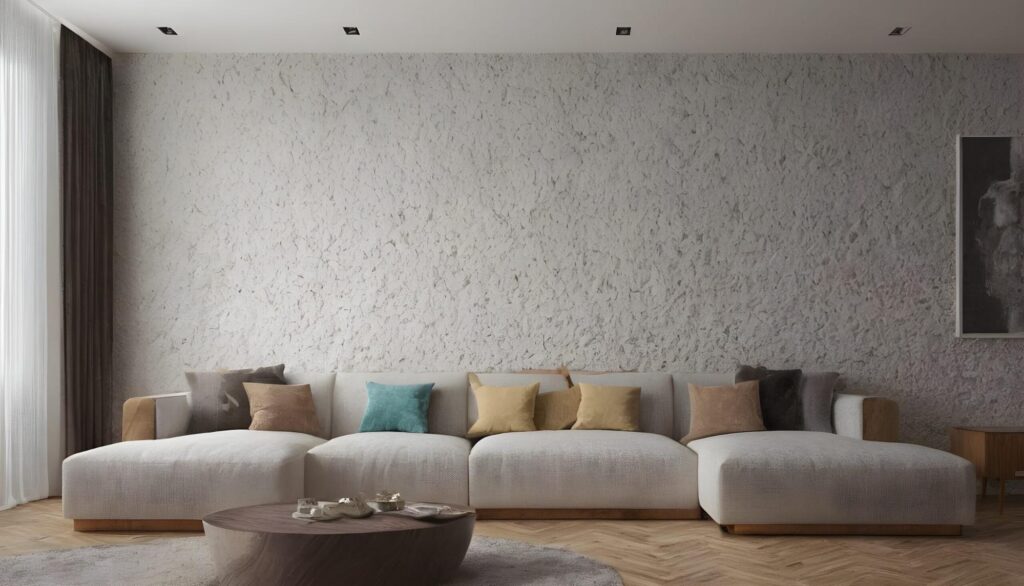 Interior and Exterior Paint Service
Interior and Exterior Paint Service
Roll the next segment down with one more cup of dark colour added to the remaining paint and repeat for the bottom line, then use dry brushes to blend the adjacent parts using X strokes.
Repeat the procedure with a new batch of the half-and-half mixture then, start in the middle and working your way up. Apply one cup of light colour to each part of the paint mix so that the colour lightens as you go.
Therefore, you can Design your walls giving them different shapes and colours you want.
Consult a colour expert Painting Drive hence, you’re not sure which colours would fit. Analogous colours, that have the same base colour are adjacent on the colour wheel, can still blend well.
We hope you found this knowledge useful and that you enjoyed reading it. Keep an eye on the new and exciting stuff! I wish you and your families a wonderful day & Healthy life.
Read More for Painting & Polishing Ideas.


